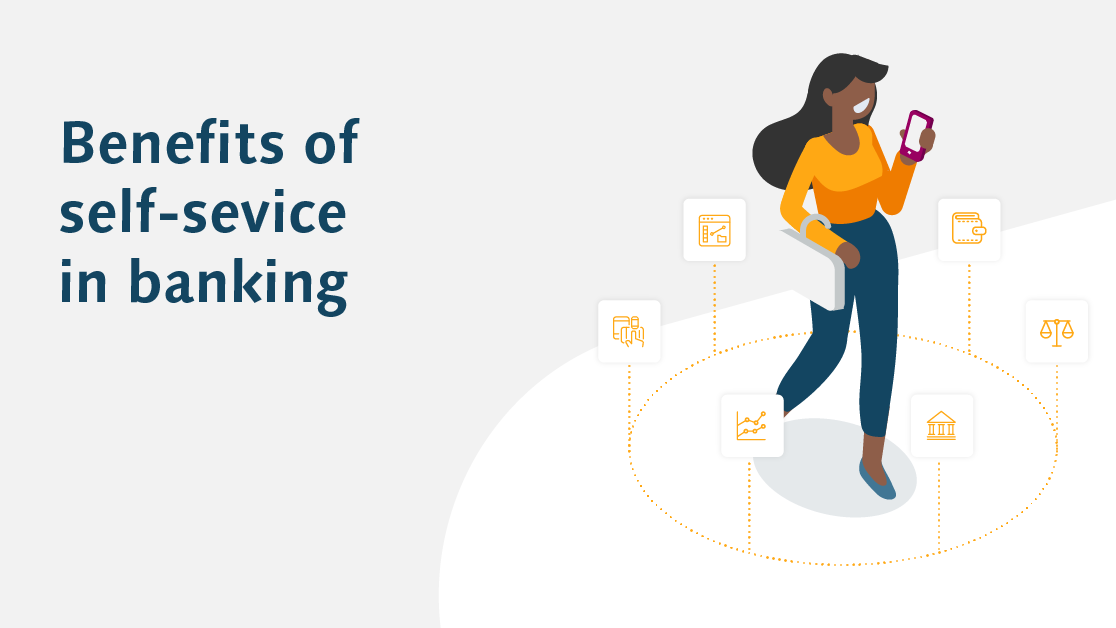
Banking services have been built on strong customer relationships, but in a digital, post-pandemic world, the delivery of these services will look very different to the past. Increasingly, self-service banking is expected as a convenient way for people to pay their bills, check their savings and apply for financial products such as mortgages and loans. This doesn’t mean that the high service standards have been abandoned, but they have moved to the digital channel.
Understanding the value of convenience
Convenience is the main benefit for customers of self-service banking and it is highly valued by customers. Gone are the days when people had to visit a branch to pay in a cheque, visit a cash machine to check an account balance or make a phone call during office hours to speak to a specialist or make an appointment. These days, people can do their banking while on the train, while waiting to collect their children from school or while enjoying a summer holiday on a faraway beach. All of this saves time for customers, and their free time is precious and highly valued. This means that the more self-service functionality banks make available, the more positively customers will view the service they receive. But if it’s all about the online channel, where does that leave the banks’ relationship with their customers?
Building a relationship in the digital channel
One way to maintain customer relationships online is to provide a secure digital channel for communication. Secure digital chat can be a convenient way for customers to get in touch, or perhaps book an appointment. Banks may choose to have agents on hand 24/7 to answer queries via this channel, or alternatively may integrated sophisticated AI tools which can book meetings, answer frequently asked queries, and point customers towards the services they need. This builds the relationship because the support adds further value to self-service banking. Keeping the communication within the app means that there’s a full audit trail, which means if the customer picks up their query over the phone or in branch, they won’t have to start again at the beginning. Seamless integration of self-service with in-branch services is the gold standard when it comes to banking and will build customer loyalty.
Leveraging self-service data
The data generated by self-service banking can be used by banks to improve their services and to offer relevant financial products to customers. For example, if the data shows that customers often check their balance on a regular payday, a notification could be set up to alert them that funds have been deposited. If many customers use the digital chat to ask for help with the same feature, this may suggest an improvement in the accessibility of this feature, or it may just need to be easier to find on the app. On the personal level, the view of each customer’s activities mean that banks can make personalised offers – perhaps a new savings account with a favourable interest rate to a customer regularly making transfers to another provider, or an opportunity to re-mortgage when the current term is coming to a close.
Self-service banking is all about making customers’ banking experience easier. Learn more about how our innovative solutions can drive digital transformation in the customer-centric, open banking era. Learn more here.




